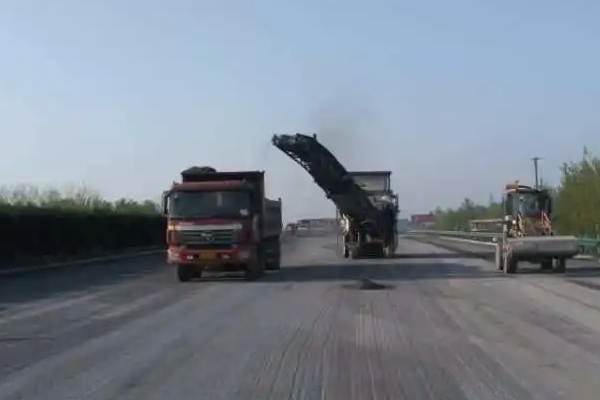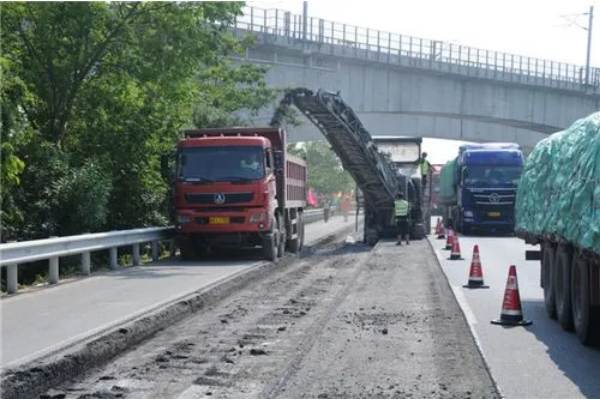A brief introduction to the milling and planing construction technology of the original highway road surface
A brief introduction to the construction process of milling and planing the original road surface of the expressway is as follows:
1. First, according to the third pair of construction lanes and the oil spillage on the road within the width of the two marking lines, control the position, width, and depth of the milled micro-surface road surface (the depth is not higher than 0.6CM, which increases the friction coefficient of the road surface). The requirements for the second deputy are the same as above.
2. Prepare the milling machine to be positioned along one side of the starting point, adjust the position, and adjust the height of the discharge port according to the height of the dump truck compartment. The dump truck stops directly in front of the milling machine and waits to receive the milled material.


3. Start the milling machine, and the technician will operate the milling depth controllers on the left and right sides to adjust the depth as required (not higher than 6 millimeters (mm)) to increase the friction coefficient of the road surface). After the depth is adjusted, the operator starts the milling operation.
4. During the milling process of the milling machine, a dedicated person in front directs the movement of the dump truck to prevent the discharging conveyor belt of the milling machine from getting close to the rear compartment of the dump truck. At the same time, it is observed whether the compartment is full and the milling machine is commanded to stop output. Milling material. Direct the next dump truck to be in position to receive the milled material.
5. During the road milling process, technicians should follow the milling machine closely to observe the milling effect. If the milling depth is incorrect or insufficient, adjust the milling depth in time; if the milling surface is uneven, If a deep groove occurs, check the milling cutter head promptly to see if it is damaged and replace it in time to avoid affecting the milling effect.
6. Milling materials that are not transported to the dump truck must be cleaned manually and mechanically in a timely manner. After the milling is completed, the working surface should be cleaned comprehensively to clean up the remaining milling materials and garbage. Special personnel should be sent to clean up the loose but not fallen stones on the road surface after milling.
7. It is necessary to wait until all milling equipment has been evacuated from the closed area and the surface is cleaned before traffic can be developed.

